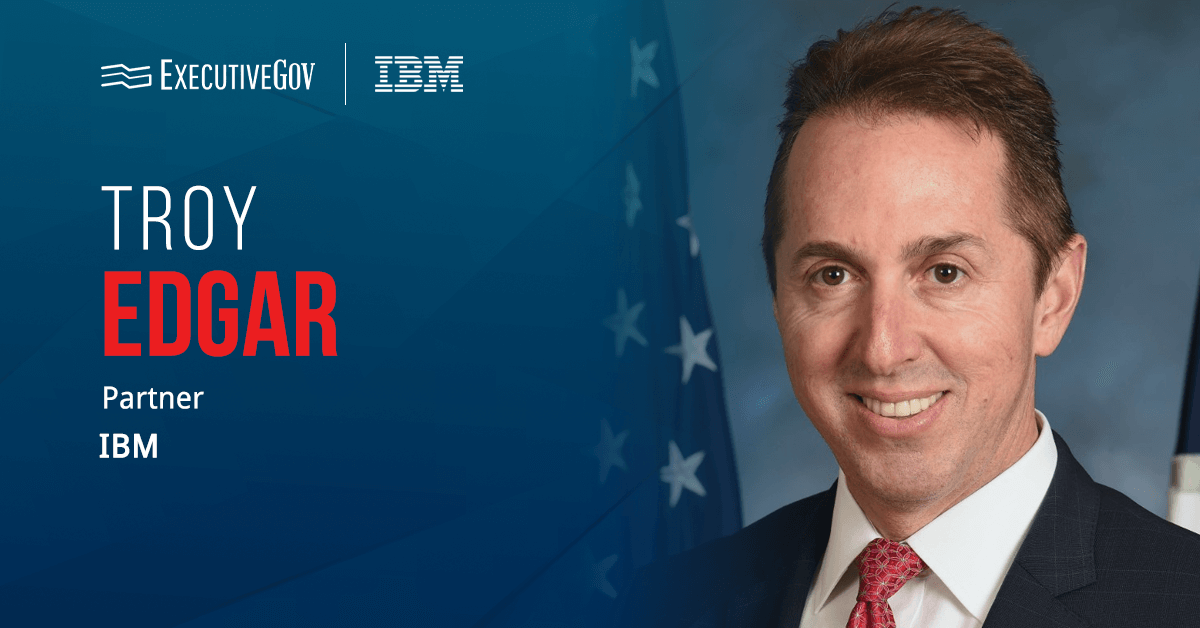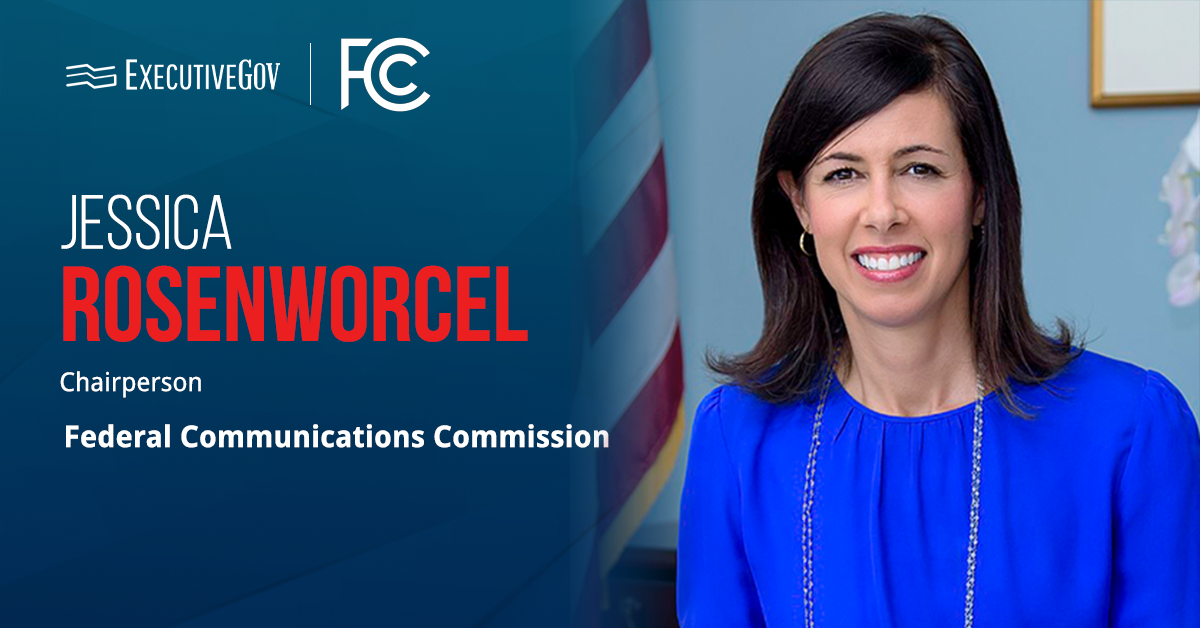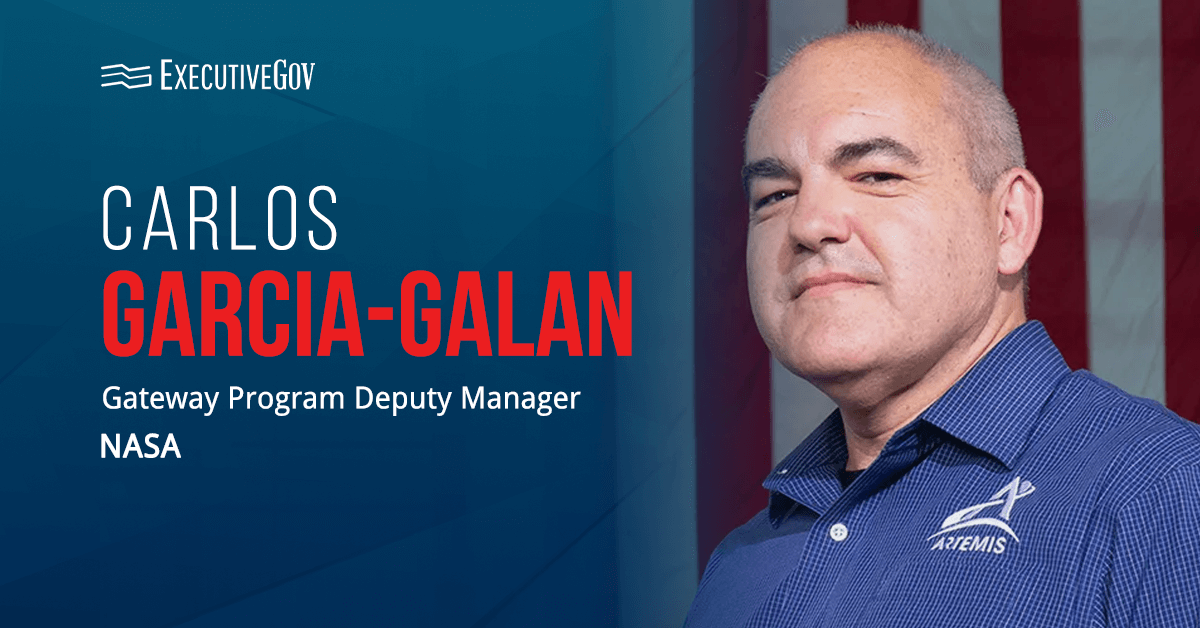President Joe Biden has signed H.R. 10545, or the “American Relief Act, 2025,” into law on Dec. 21, averting a government shutdown.
Bipartisan Funding Bill
The White House said Saturday the funding bill provides fiscal year 2025 allocations to federal agencies until Mar. 14, 2025. The appropriations will support federal government projects and activities, including $100 billion for disaster relief aid, one-year economic assistance to farmers and the repair of the Francis Scott Key Bridge. The act also extends the Agriculture Improvement Act of 2018 and other expiring authorities.
NBC News said the Senate voted 85-11 to pass the funding bill overnight on Saturday. The House passed the bill with a 366-34 vote.
Biden described the bill as a compromise after President-elect Donald Trump’s demand to include a debt limit extension was left out.
“This agreement represents a compromise, which means neither side got everything it wanted. But it rejects the accelerated pathway to a tax cut for billionaires that Republicans sought and it ensures the government can continue to operate at full capacity,” said Biden in a statement.
White House press secretary Karine Jean-Pierre, echoed Biden’s statement, saying “While [the bill] does not include everything we sought, it includes disaster relief that the President requested for the communities recovering from the storm, eliminates the accelerated pathway to a tax cut for billionaires and would ensure that the government can continue to operate at full capacity.”
Trump and adviser Elon Musk previously opposed the bipartisan agreement, paving the way for Republicans in Congress to follow suit. The last-minute intervention killed the initial bill, causing fears of a government shutdown.












